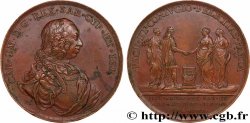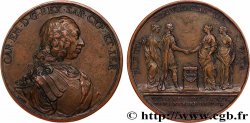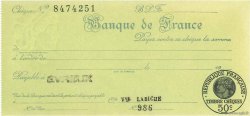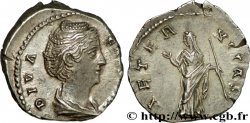Live auction - fwo_281368 - ITALY - KINGDOM OF SARDINIA - CHARLES EMMANUEL III 1/2 Scudo 1762 Turin
You must signin and be an approved bidder to bid, LOGIN TO BID. Accounts are subject to approval and the approval process takes place within 48 hours. Do not wait until the day a sale closes to register. Clicking on "BID" constitutes acceptance of the terms of use of cgb.fr private live auctions.
Bids must be placed in whole Euro amounts only. The sale will start closing at the time stated on the item description; any bids received at the site after the closing time will not be executed. Transmission times may vary and bids could be rejected if you wait until the last second. For further information check the Live auction FAQ
All winning bids are subject to a 18% buyer’s fee.
All winning bids are subject to a 18% buyer’s fee.
| Estimate : | 450 € |
| Price : | no bid |
| Maximum bid : | no bid |
| End of the sale : | 12 September 2017 18:05:01 |
Type : 1/2 Scudo
Date: 1762
Mint name / Town : Turin
Quantity minted : -
Metal : silver
Millesimal fineness : 906 ‰
Diameter : 37 mm
Orientation dies : 6 h.
Weight : 17,50 g.
Edge : décorée
Rarity : R2
Coments on the condition:
Rayure à l’avers et stries d’ajustage au revers
Catalogue references :
Obverse
Obverse legend : CAR. EM. D. G. REX. SAR. CYP. ET.IER..
Obverse description : Buste nu, drapé de Charles-Emmanuel III à gauche ; au-dessous, 1762.
Obverse translation : (Charles-Emmanuel par la grâce de Dieu roi de Sardaigne, Chypre et de Jérusalem).
Reverse
Reverse legend : DVX. SABAVD. ET. MONTISFER. PRINC. PEDEM..
Reverse description : Écu couronné entouré du collier de l'ordre de Saint-Maurice.
Reverse translation : (Duc de Savoie et de Montferrat, prince du Piémont).
Commentary
Le demi-scudo nuovo vaut 3 lires piémontaises et la lira 20 soldi. La doppia en or correspond à 4 scudi de 6 lires. La fabrication du nouveau monnayage a commencé en 1755 et dure jusqu'en 1772. Le type est créé suite à l'ordonnance du 25 janvier 1755. Au total 3.874.319 pièces furent frappées entre 1755 et 1772.







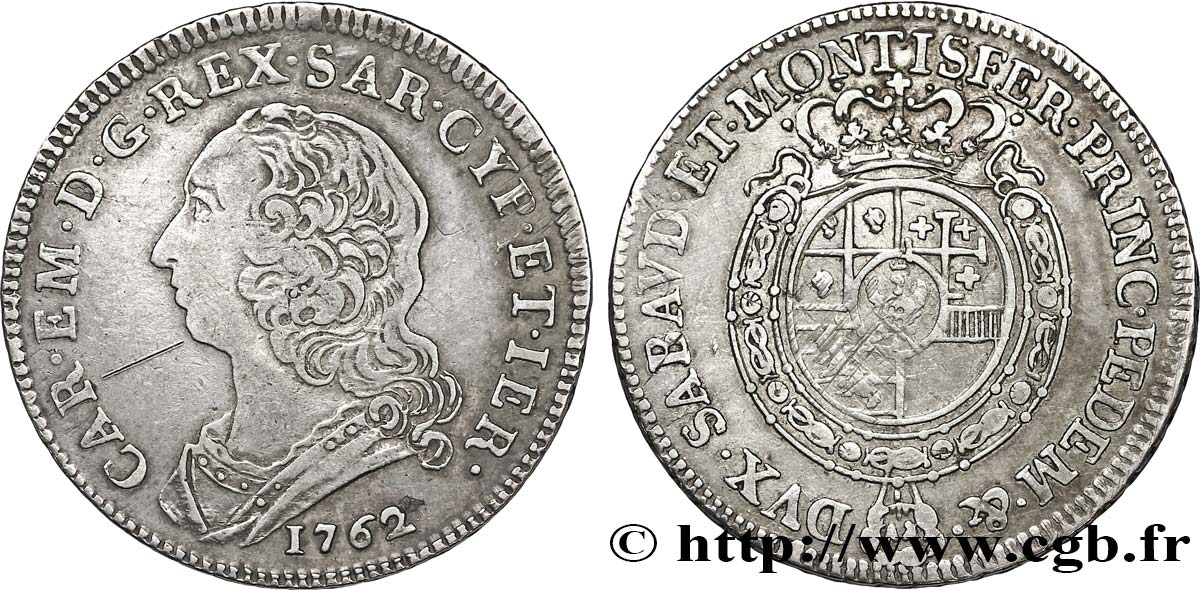
 Report a mistake
Report a mistake Print the page
Print the page Share my selection
Share my selection Ask a question
Ask a question Consign / sell
Consign / sell
 Full data
Full data